Pierre Bely9780387955124, 0-387-95512-7
Table of contents :
Cover……Page 0
Contents……Page 9
Preface……Page 7
Contributors and Reviewers……Page 19
Credits for Figures and Tables……Page 23
Introduction……Page 25
1.2.1 Intensity……Page 29
1.2.2 Distribution of sources of interest in the sky……Page 31
1.3.1 Atmospheric extinction……Page 33
1.3.2 Atmospheric emission……Page 35
1.3.3 Atmospheric refraction……Page 36
1.3.4 Atmospheric turbulence: basic notions……Page 37
1.3.5 Atmospheric turbulence: the physics of seeing……Page 41
1.4.1 Celestial backgrounds……Page 43
1.4.4 Coping with atmospheric and telescope thermal emission……Page 46
1.5 Signal-to-noise ratio……Page 48
1.6.2 Julian date……Page 52
1.7 Coordinate systems……Page 53
1.8 Pointing corrections……Page 55
1.8.3 Parallax……Page 56
1.8.4 Aberration of starlight……Page 57
1.9.1 Target acquisition……Page 59
1.9.3 Guide star catalogs……Page 60
1.10 Telescopes and interferometers……Page 61
References……Page 63
Bibliography……Page 64
2.1 Main types of instrument……Page 65
2.1.1 Cameras……Page 66
2.1.2 Photometer……Page 67
2.1.4 Dispersing spectrometers……Page 68
2.1.5 Fabry-Perot spectrometer……Page 71
2.1.6 Fourier transform spectrometer……Page 72
2.2 Optical throughmid-infrared detectors……Page 73
2.2.1 Photon detection in semiconductors……Page 74
2.2.2 CCD detectors……Page 76
2.2.3 Infrared array detectors……Page 77
2.2.4 Specific detector characteristics……Page 79
2.3 Relay optics……Page 83
2.4 Cryogenic systems……Page 84
Bibliography……Page 85
3 Design Methods and Project Management……Page 86
3.1 The project life cycle……Page 87
3.2 The tools of systems engineering……Page 90
3.2.1 Design reference program……Page 91
3.2.2 Requirements “flowdown”……Page 93
3.2.3 Error budgets……Page 96
3.2.4 End-to-end computer simulations……Page 98
3.2.5 Design testability and forgiveness……Page 99
3.2.6 Scaling laws……Page 100
3.2.7 Costmodels……Page 102
3.2.8 Cost as a design variable……Page 103
3.2.9 Observatory performance metrics……Page 105
3.3 Project management……Page 110
3.3.1 General principles……Page 111
3.3.2 Project organization……Page 112
3.3.3 Work breakdown structure……Page 113
3.3.5 Procurement strategy……Page 114
3.3.6 Technology development……Page 115
3.3.7 Reliability……Page 117
3.3.8 Quality assurance, verification, and validation……Page 118
3.3.10 Configuration management……Page 119
3.4 Project scheduling……Page 120
3.5 Risk analysis……Page 123
3.6.1 Approaches to cost estimating……Page 124
3.6.3 Cost estimate accuracy……Page 125
3.6.4 Construction of multiple units……Page 126
3.6.5 Budgeting and resource planning……Page 127
References……Page 128
Bibliography……Page 129
4.1.1 Fundamental principles……Page 130
4.1.3 Stops and pupils……Page 132
4.1.4 Primary aberrations……Page 134
4.1.5 Wavefront errors……Page 135
4.1.6 Diffraction effects……Page 138
4.1.7 Image formation……Page 139
4.2.1 Single-mirror systems……Page 145
4.2.2 Two-mirror systems……Page 146
4.2.3 Three- and four-mirror systems……Page 148
4.2.5 Auxiliary optics……Page 150
4.3 Optical error budget……Page 151
4.4 Criteria for image quality……Page 153
4.5.1 Focus selection……Page 158
4.5.2 Selection of f-ratio……Page 160
4.5.3 Matching plate scale to the detector resolution……Page 161
4.6.1 Generalities……Page 163
4.6.2 Borosilicate glass……Page 166
4.6.4 Low-thermal-expansion glass ceramic……Page 167
4.6.5 Silicon Carbide……Page 168
4.6.6 Beryllium……Page 169
4.7 Mirror structural design……Page 170
4.7.1 Lightweighted mirrors……Page 174
4.7.2 Segmented mirror systems……Page 175
4.7.3 Thermal effects……Page 179
4.8 Mirror production……Page 181
4.8.1 Computer-controlled lapping……Page 184
4.8.2 Stressed mirror figuring……Page 185
4.8.4 Ultraprecision machining……Page 186
4.8.5 Ion beam figuring……Page 187
4.8.6 Postfiguring mechanical deforming……Page 188
4.9.1 Testing philosophy……Page 189
4.9.2 Main testing techniques……Page 191
4.9.3 Testing the figure of primary mirrors……Page 195
4.9.4 Testing secondary mirrors……Page 196
4.9.7 Testing cryogenic mirrors……Page 197
4.10.1 Mirror cleaning……Page 198
4.10.2 Coating plant……Page 200
References……Page 201
Bibliography……Page 205
5.1 Causes of stray light……Page 207
5.2 Finding and fixing stray light problems……Page 208
5.3.1 Aperture stop……Page 209
5.3.3 Lyot stop……Page 210
5.3.5 Baffles for Cassegrain systems……Page 211
5.4 Scattering processes……Page 212
5.5 Stray light analysis……Page 213
5.6.1 Scatter frommirrors……Page 217
5.6.2 Scatter from diffuse black surfaces……Page 219
5.7 An example of protection against of-axis sources: HST……Page 221
5.8 An example of minimizing stray light from self-emission: NGST……Page 222
5.9 Minimizing thermal background in ground-based telescopes……Page 223
References……Page 224
Bibliography……Page 225
6 Telescope Structure and Mechanisms……Page 226
6.1.1 Kinematic mounting……Page 227
6.1.2 Minimizing decollimation……Page 229
6.1.3 Use of preload……Page 231
6.1.5 Designing out “stick-slip” and “microlurches”……Page 232
6.1.6 Choice of materials……Page 234
6.1.7 Athermalization……Page 236
6.1.8 Structural design……Page 237
6.2.1 Operational requirements……Page 238
6.2.2 Survival conditions……Page 239
6.3.1 Mounts for single mirrors……Page 243
6.3.2 Mounts for segmented-mirror systems……Page 247
6.4 Telescope “tube”……Page 248
6.4.1 Tube truss……Page 249
6.4.2 Tripod and tower-type supports for secondary mirrors……Page 252
6.4.3 Thermal effects……Page 253
6.4.4 Cassegrain mirror “spider”……Page 254
6.5.1 Equatorial mount……Page 257
6.5.2 Altitude-azimuth mount……Page 259
6.5.4 Fixed-altitude and fixed-primary-mirror mounts……Page 260
6.6 Bearings for ground telescopes……Page 261
6.6.2 Hydrostatic bearings……Page 262
6.7.2 Optics alignment and focusing devices……Page 266
6.7.3 Active secondary mirror for infrared chopping and field stabilization……Page 267
6.7.5 Cable wrap and cable twist……Page 269
6.7.6 Mirror cover……Page 270
6.8.1 Brakes……Page 271
6.8.3 Locking devices……Page 272
6.8.4 Earthquake restraints……Page 273
References……Page 274
Bibliography……Page 275
7 Pointing and Control……Page 276
7.2 System modeling……Page 277
7.2.1 First-order lumped-mass models……Page 279
7.2.3 Integrated models……Page 281
7.3.1 Fundamentals of servo systems……Page 287
7.3.2 Telescope control system implementation……Page 289
7.3.3 Disturbance rejection……Page 295
7.4.1 Drives for ground-based telescopes……Page 297
7.4.2 Space telescope attitude actuators……Page 303
7.5.1 Position encoders……Page 304
7.5.2 Tachometers……Page 306
7.5.3 Gyroscopes……Page 307
7.5.4 Star trackers and Sun sensors……Page 308
7.5.5 Guiding system……Page 309
7.6 Ground-based telescope disturbances……Page 312
7.6.1 Effects of wind: Generalities……Page 313
7.6.2 Effects of wind on telescope structure……Page 315
7.6.4 Effect of wind on telescope pier……Page 317
7.7 Disturbances in space……Page 318
7.7.1 Gravity gradient torque……Page 319
7.7.3 Solar radiation torque……Page 320
7.7.4 Magnetic torque……Page 321
7.7.5 Reaction wheel disturbances……Page 322
7.7.6 Other internally generated disturbances……Page 324
7.8 Active and passive vibration control……Page 326
7.8.1 Passive isolation of the vibration source……Page 327
7.8.2 Active isolation……Page 329
7.9 Observatory control software……Page 330
References……Page 332
Bibliography……Page 334
8.1.1 Respective roles of active and adaptive optics……Page 335
8.1.2 Active and adaptive optics architectures……Page 337
8.2.1 Shack-Hartmann sensor……Page 339
8.2.2 Curvature sensing……Page 340
8.2.3 Phase retrieval techniques……Page 342
8.3.1 Edge sensors……Page 343
8.3.2 Holographic grating patches and retroreflector systems……Page 346
8.3.4 IPSRU……Page 348
8.4.1 Fine steering mirrors……Page 349
8.4.2 Deforming the main optics……Page 351
8.4.3 Dedicated deformable mirror……Page 354
8.5 Control techniques……Page 355
8.6.1 The VLT active optics system……Page 356
8.6.2 Coaligning, cofocusing, and cophasing segmented systems……Page 357
8.7 Correction of seeing……Page 362
8.7.1 Historical developments……Page 363
8.7.3 Adaptive optics with laser stars……Page 364
References……Page 366
Bibliography……Page 368
9.1 General requirements……Page 369
9.3 Temperature control techniques……Page 370
9.4.1 Mirror figure control……Page 372
9.4.2 Controlling optics separation and alignment……Page 373
9.5 Avoiding locally induced seeing……Page 375
9.5.1 Thermal control of the enclosure during the day……Page 376
9.5.2 Seeing caused by a warmer floor……Page 377
9.5.3 Seeing due to heat sources or sinks in the telescope chamber……Page 378
9.5.5 Mirror seeing……Page 380
Bibliography……Page 384
10 Integration and Verification……Page 385
10.1 Integration and verification program, methods, and techniques……Page 386
10.1.2 Incremental verification……Page 387
10.1.3 Verification requirements matrix……Page 388
10.1.4 Verification based on end-to-end computer modeling……Page 389
10.2.2 Science verification……Page 390
Bibliography……Page 391
11 Observatory Enclosure……Page 392
11.2 Overall enclosure configuration……Page 393
11.4.1 Basic principles……Page 396
11.4.2 Windscreens and louvers……Page 398
11.4.3 Wind- and water-tunnel studies and numerical modeling……Page 399
11.5.1 Basic principles……Page 400
11.6.1 Loading cases……Page 404
11.6.2 Enclosure shape……Page 405
11.6.3 Shutter……Page 406
11.6.4 Bogies and drive……Page 407
11.6.5 Weather seals……Page 408
11.7 Telescope pier……Page 409
11.8 Handling equipment……Page 410
References……Page 411
12.1.1 Advantages of ground-based facilities……Page 413
12.1.2 Advantages of space-based facilities……Page 414
12.1.4 Capabilities of various observatory platforms……Page 416
12.2 Desirable characteristics for ground-based sites……Page 417
12.2.1 Seeing……Page 418
12.2.2 Criteria for extremely large telescopes of the future……Page 421
12.3 Location and characteristics of the best observing sites……Page 422
12.3.1 Characteristics of the major observatory sites……Page 424
12.4.1 Methods for testing image quality……Page 425
12.4.3 Acoustic sounder……Page 426
12.4.5 Radiosondes……Page 428
12.4.6 Numerical modeling of the atmosphere……Page 429
12.4.7 Optical seeing monitors……Page 430
12.5.1 Low-inclination low Earth orbit……Page 432
12.5.2 Sun-synchronous orbits……Page 434
12.5.3 Geostationary and geosynchronous orbits……Page 435
12.5.5 Sun-Earth Lagrangian point 2……Page 436
12.5.6 Drift-away orbit……Page 438
12.5.8 Moon……Page 439
12.5.9 Sun-Jupiter Lagrangian point 2……Page 440
12.6.1 Sources of radiation……Page 441
12.6.2 Radiation effects……Page 442
12.6.3 Dependence of radiation levels on observatory location……Page 443
12.7 Launchers……Page 446
References……Page 447
Bibliography……Page 449
A: Commonly Used Symbols……Page 450
B: Basic Data and Unit Conversions……Page 451
C: The Largest Telescopes……Page 453
D: Sharpness……Page 457
E: Derivation of the Equation of Motions……Page 460
A……Page 463
B……Page 467
C……Page 470
D……Page 474
E……Page 477
F……Page 479
G……Page 482
H……Page 483
I……Page 485
K……Page 487
L……Page 488
M……Page 489
N……Page 492
O……Page 494
P……Page 495
R……Page 498
S……Page 500
T……Page 505
V……Page 507
W……Page 508
Z……Page 509
A……Page 510
B……Page 511
C……Page 512
D……Page 514
E……Page 515
F……Page 516
G……Page 517
H……Page 518
I……Page 519
L……Page 520
M……Page 521
O……Page 522
P……Page 523
R……Page 524
S……Page 525
T……Page 527
V……Page 528
Z……Page 529
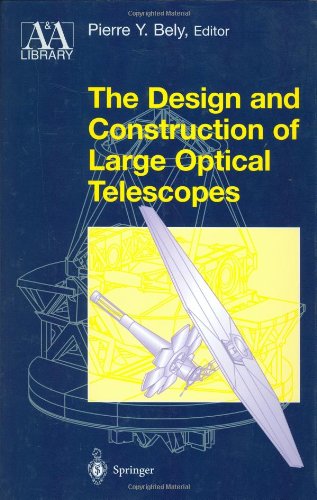
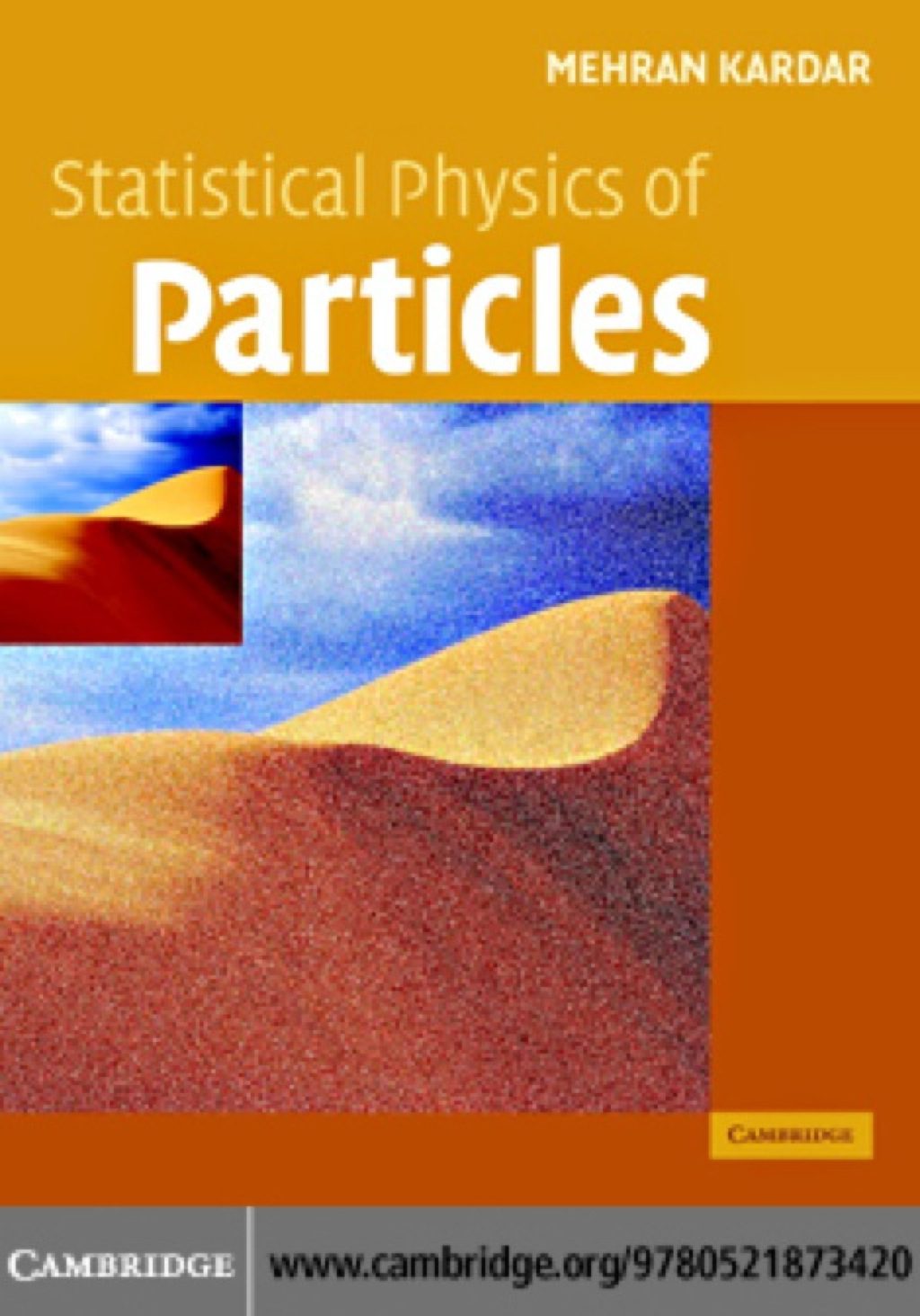
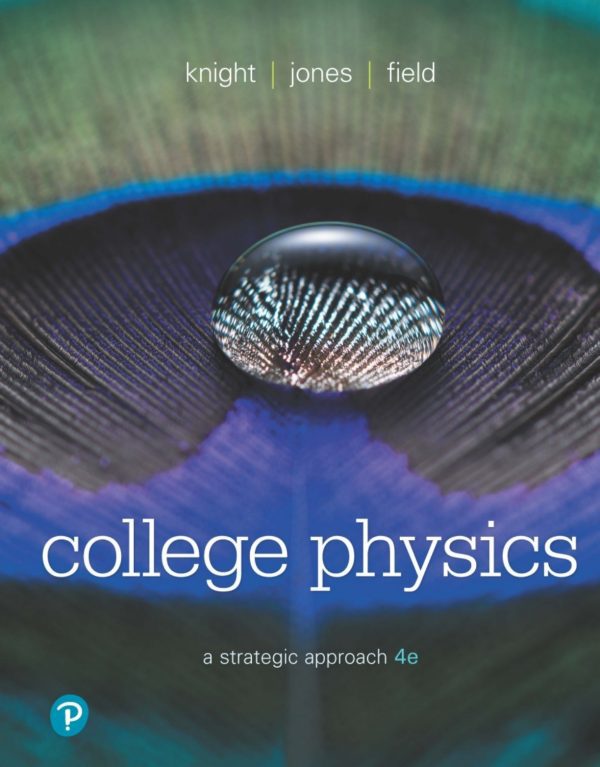
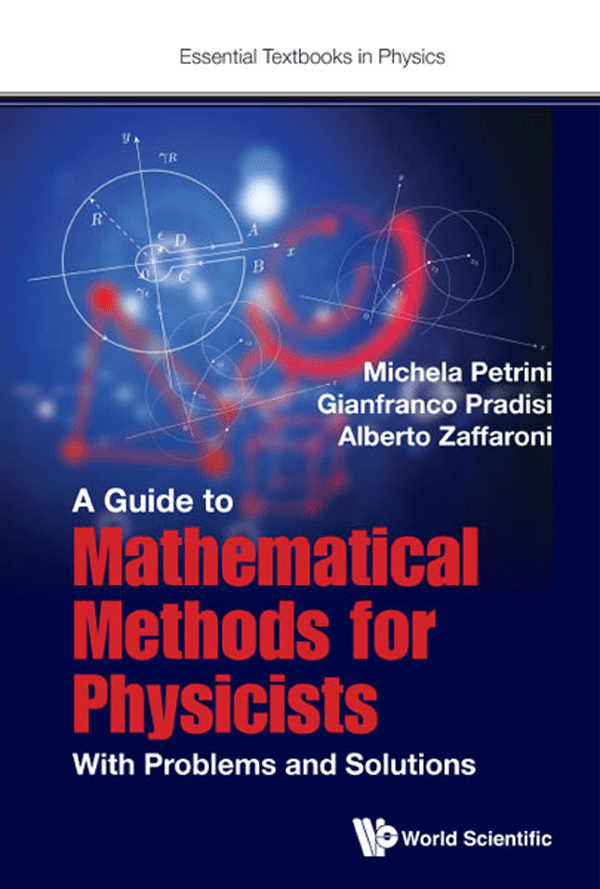
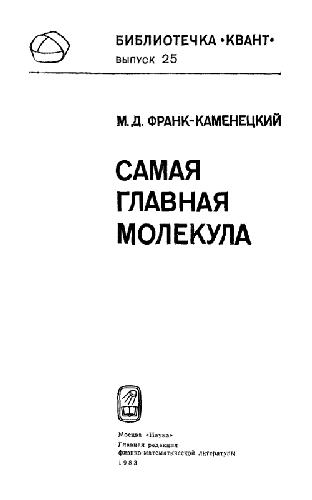
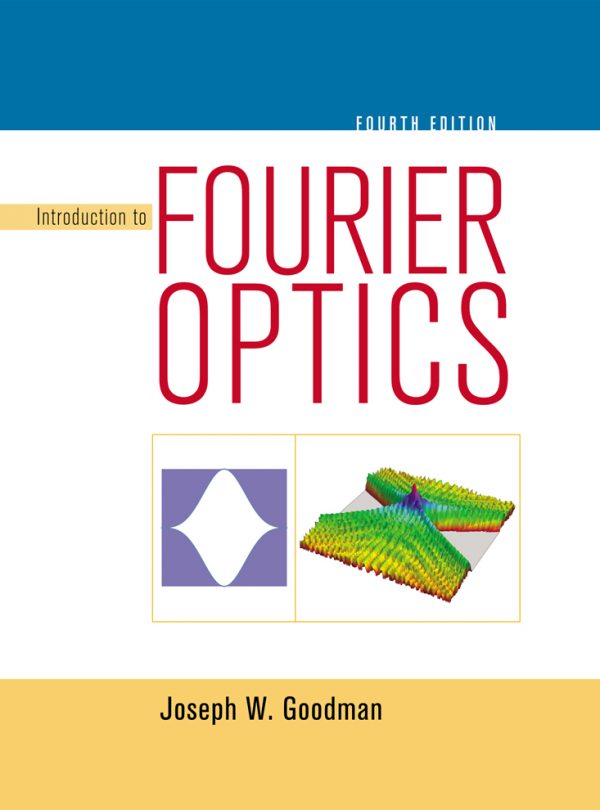
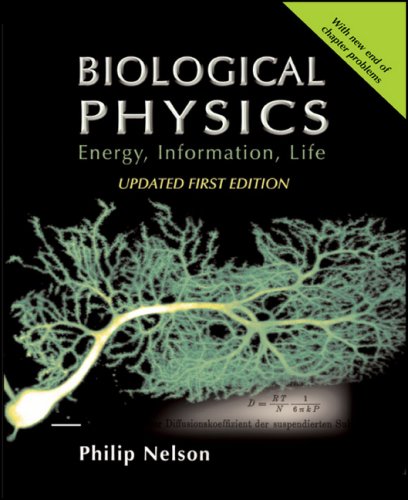
Reviews
There are no reviews yet.